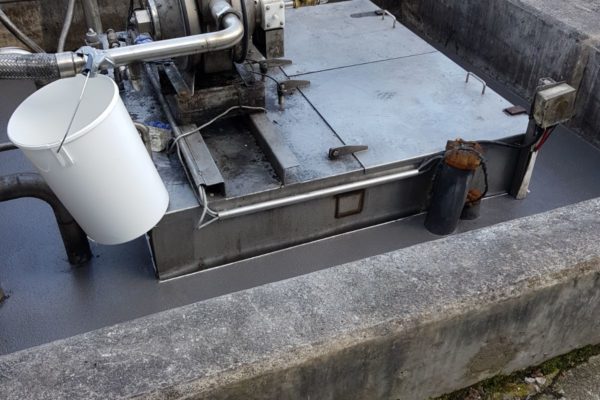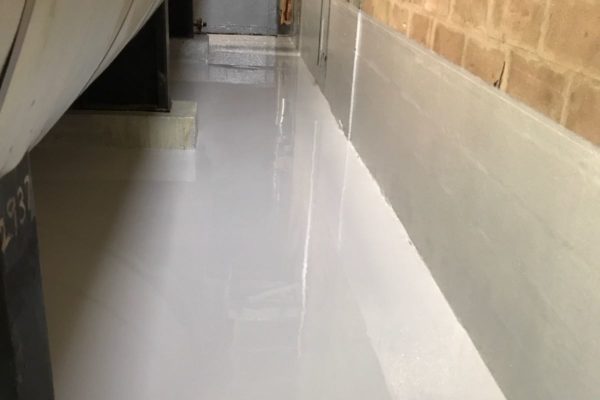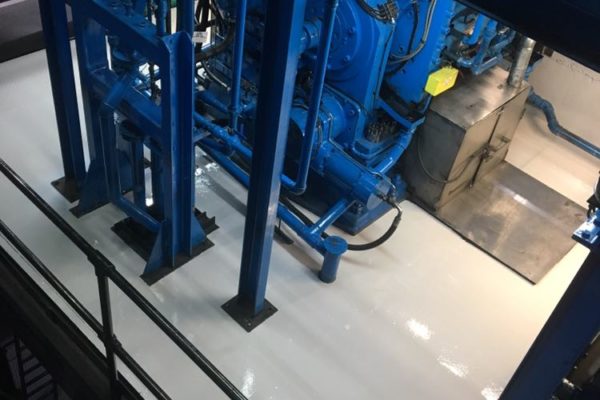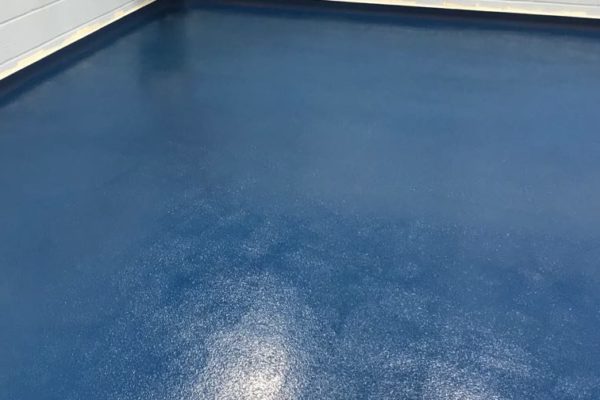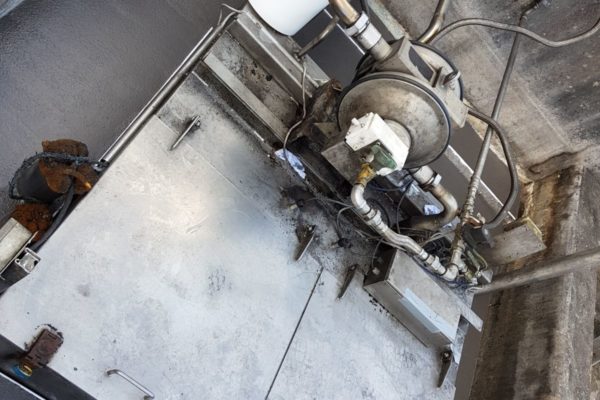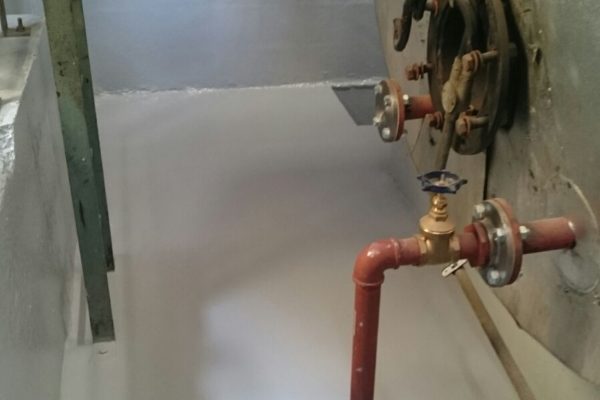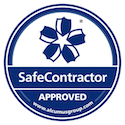Bund lining for oil tanks, other fuels and chemicals
Bund lining is an internal storage tank lining considered the best form of containment for large and small scale applications, used to prevent pollution from fuel and chemical tank leaks and spills.
Page provide bund lining services to a range of industry sectors, from manufacturing facilities to food production throughout the uk.
Page specify and install unique Resin Bund linings ideal for liquid containment. Our tried and tested robust coating solutions for bunds ensure your bund will be fit for purpose in the event of a leak or catastrophic failure.
We understand that bunds need to stand up to a range of dangerous liquids. Liquids that are toxic, corrosive, solvent and flammable.
Common problems with bund walls include,
- Damaged concrete
- Cracks and holes due to corrosion or impact damage
- Leaking bunds
- Contaminated bund walls.
We know it is vital that bunds are lined correctly, our bund linings are resistant to most liquids, acids, solvents and fuels. Some of our bund lining systems can be walked on within 30 minutes of installation.


